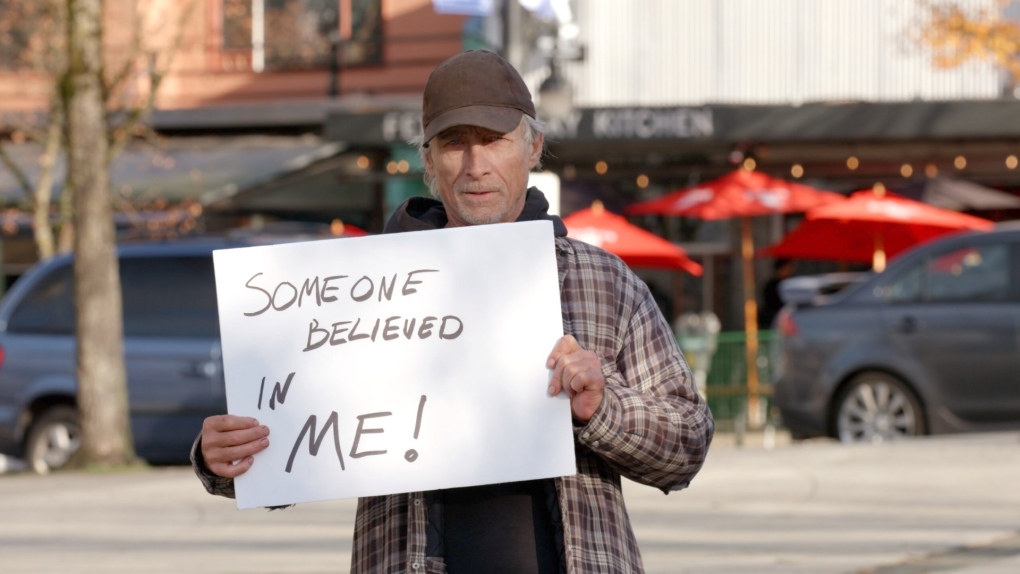Zhao says having data on how people who did get the money actually spent it is something she thinks will help counteract stereotypes, increase empathy and potentially get skeptics and the public on board with the idea of providing cash transfers.
Now that the study is complete, the plan is to replicate it and expand it to other cities in Canada and the U.S.



It isn’t much of a shock to me.
My spouse has just had a two week stay at a local hospital due to a difficult to diagnose issue that started as “pain in leg” and escalated to “can’t walk” in the space of a month. We have regular insurance, and the hospital bill after insurance so far is $4,000 but we know it’s going to probably triple or more by the end of the entire process. The yearly “Maximum out of pocket” on our plan is $14,000 but there are many ways in which the OOP can be exceeded by, say, a doctor being involved who isn’t in network, or a treatment the insurer doesn’t cover.
We are “lucky”, we have ways to cover the inevitable bill. If it had happened ten years ago, when my daughter was still an infant, when our finances were bleeding, my job was barely covering our debt payments, raised in part because of disorganization during the birth, etc, there’s no possible way we could cover the bill that’s coming.
I know people don’t like the ACA being criticized because it’s considered a well meaning attempt to fix the health care system, but here are the problems with it:
For most people, it had a net negative effect because of the skin-in-the-game mandate. This is a principle the ACA’s writers signed up to early on to try to get right wingers to support the bill by massively increasing copays and deductibles. Suddenly an ER visit was no longer $100-500, but $1,500 or more. Doctors visits are up from $10 to $50-100. Specialists from $25 now to $75-100. These increases aren’t inflation based, they’re intentional policy. For a software developer like me, I can afford them. For someone working two low income jobs to support their family, a real “hard working American”, it basically makes healthcare unaffordable and unreachable. And all because some swivel eyed ideologue thinks that when you’re lying unconscious bleeding out on the pavement in front of the car that hit you, you’ll save the system money by using your smartphone to call the lowest cost ambulance service in your area.
The ACA mandated a “maximum profit” as a percentage of premiums insurance companies are allowed to make, while coupling it with no effort to make insurance companies non-profits (ie not beholden to investors.) The result is that insurers have to intentionally negotiate higher healthcare prices with their providers! No, seriously! Because regular public companies like health insurers have to increase profits every year, and the only way to increase profits if you can’t increase margins or customer base is to increase your supplier costs so you can increase your own prices.
And the cynical part of me says they knew this but didn’t care. The two obsessions were with “pre-existing conditions” and “bankruptcies”, but these are both sides of the same coin. People were facing huge medical bills because their insurers didn’t cover them and bankruptcies were the result. And bankruptcies hurt… banks. And banks seemed to be what they cared about most of all in 2009-2012. They did nothing to stem the foreclosure crisis, for example. Maybe, ultimately, what the ACA was about was protecting banks, creating an environment not where bankruptcies wouldn’t happen, but where those bankruptcies would be about debts in the region of $14,000, not $1M. Something much easier for banks to handle.
That’s the cynical part of me. Part of me hopes that the majority of Democrats who voted for the ACA merely thought it was the best they could do. But those two flaws need to be fixed. Get a Public Option in so there’s at least one non-profit insurer, and abolish the high taxes on “cadillac” plans - the plans that, like pre-ACA plans, had token co-pays and reasonable deductibles.
As a Canadian this is what I fear for my American friends. While I have heard lots of people whine about how people “die on wait lists” in the Canadian system that really hasn’t been my experience. While yes things like joint surgeries and electives can take a while I have had relatives of friends flown via helicopter ambulance from small towns for month long stays for serious stuff at the drop of the hat at no cost to the family.
Anything seriously life threatening has gone into treatment immediately. Hospice stays are mostly covered so compassionate end of life facilities cost half of what a dirt cheap hotel does. The cost to the taxpayer for healthcare is, determined by tax bracket is tiny. If I make $80,000 it costs me about $350 for the year.
Because it’s a drain on the government’s bottom line there’s a lot of harmful food additives that are banned in Canada because the ethos is that it is unlawful for businesses get to make profit at the expense of consumer health if people can not be easily informed of the health risks. The Covid Vaccine was also given a lot more push society wide because the beggaring and allotment of resources away from the healthcare system for preventable incidents directly effects everyone.
Deciding that healthcare is a right has society wide advantages. People will do anything to stay alive a little longer including beggar themselves so it makes sense that adding business interests into that market to jack up the prices for profit is just unethical imo.